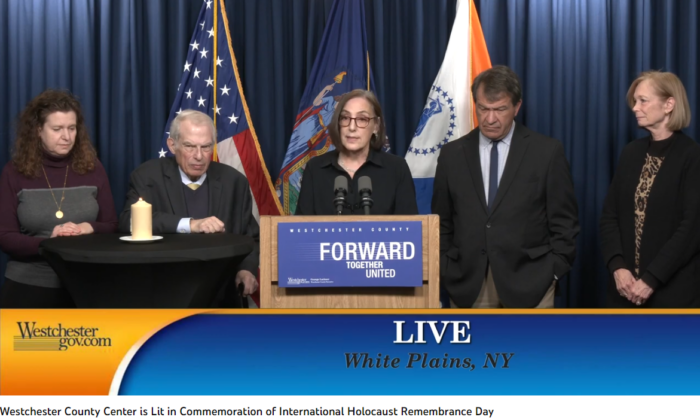
Anyone ‘watching’ might hopefully note that included in my mission during most of my 20 Years of Inside Press publishing has been supporting the amazing work of the Holocaust and Human Rights Education Center, (find out more at hhrecny.org). Here, as an HHREC advisory board member, I was honored to join HHREC Director Millie Jasper, HHREC Board Member and past Chairperson David Alpert and Greenburgh councilwoman Ellen Hendrickx to also offer remarks at a Westchester County January 27th commemoration of International Holocaust Remembrance Day. County Executive George Latimer hosted the speakers commending them for their long-time commitment and support of Holocaust education and advocacy against antisemitism and all hate. Said Jasper to Latimer: ”Once again you struck the perfect tone about the importance of being an Upstander in the Westchester Community, and around the world.” — Grace Bennett, Publisher @ Editor, Inside Press, Inc.
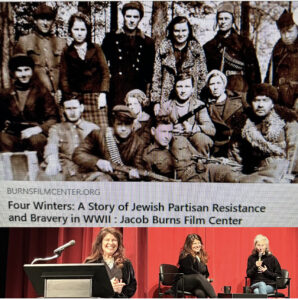
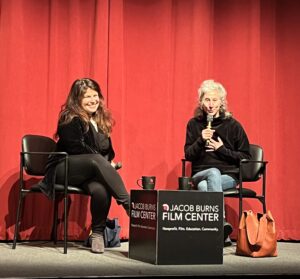
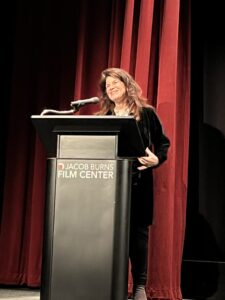
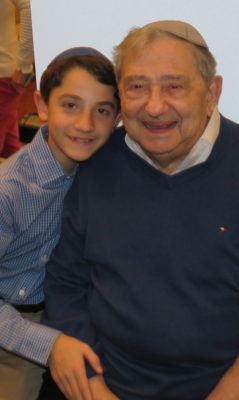
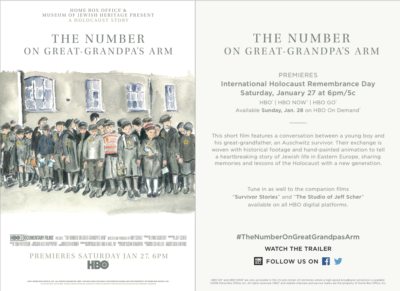
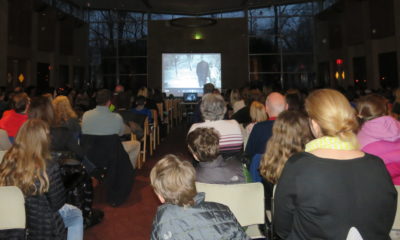
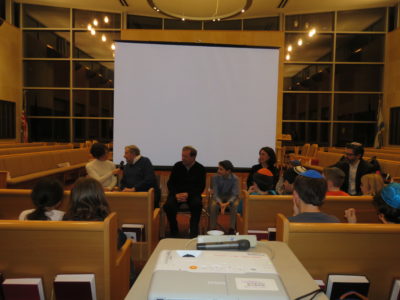 Rabbi Brusso noted fondly, “I wish I had a grandpoppy Jack.” Turning to Elliott, he offered his appreciation for “how you hold his hand and rub his arm.” He compared that kind of tenderness to Nazis “who treated people like objects.” Elliott’s example of caring and kindness, in contrast, are “how we preserve every human being.”
Rabbi Brusso noted fondly, “I wish I had a grandpoppy Jack.” Turning to Elliott, he offered his appreciation for “how you hold his hand and rub his arm.” He compared that kind of tenderness to Nazis “who treated people like objects.” Elliott’s example of caring and kindness, in contrast, are “how we preserve every human being.”